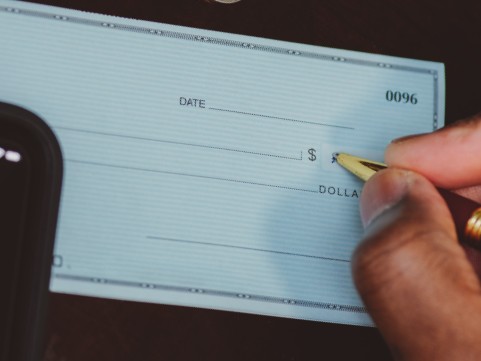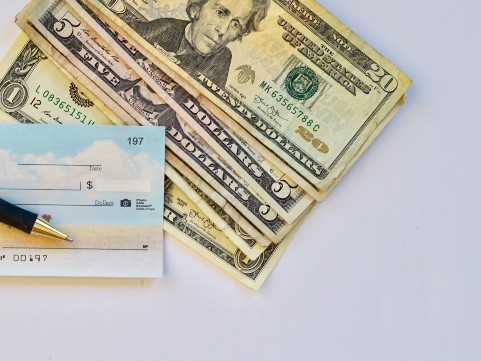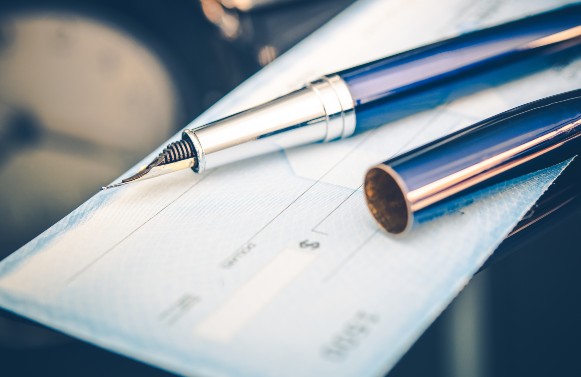- +1 (801) 919-3200
- 424 North Freedom Blvd Provo, Utah 84601

If you have just received a check from someone and are on your way to deposit it, you first need to endorse it. A check must be endorsed by all payees before being deposited. Once you endorse a check, your bank or a third party can easily settle the amount written on that check.
But how to endorse a check? Below, we will learn what endorsing a check means, how to write an endorsement, whether you can deposit a check with a different name, and what a third-party check is. So read on.
Endorse Definition
Check endorsements allow people to specify the methods of deposit. It involves signing the back of a check and specifying whether you are endorsing it for deposit or cash.
How to Endorse a Check?
There are various ways you can endorse a check, depending on how you are required to fill out the check.
Here’s how check endorsement works:
⦁ Make Sure the Check Information Is Accurate
First, make sure that the date, amount, payer, and payee information on the check is accurate. Checks that are more than six months old may not be cashed by some banks.
⦁ Check Who Needs to Endorse the Check
Some checks mention two people in the “pay-to” line. If that’s the case, both the people mentioned in the check must endorse it. If the check requires either one “or” the other person to endorse it, then any of the two people can endorse it.
⦁ Endorse the Check At the Right Place
Most checks are endorsed at the back. The back of a check layout has a box at the top, containing three lines. The text above the signature line on checks reads “Endorse Here”, with another large box beneath it and a heading that reads “Do Not Write, Stamp, or Sign Below This Line”.
Endorse the check in the top box by signing your name using ink. Make sure to sign it as the name is written on the check. If your name was misspelled, write the incorrect name first and then the correct name below it, along with your official signature.
Do You Have to Sign the Back of a Check to Deposit It?
When depositing a check, do you sign the back of the check? Well, yes. You need to sign the check over on the back to endorse it and validate it for a deposit.
Make sure to sign your name on the back of the check before taking it to the bank for deposit. Without your signature, your bank may send the check back to its issuer.
Can I Deposit a Check With a Different Name?
If the check you want to deposit is endorsed by the payee, then anyone can deposit the check on the payee’s behalf. You can easily deposit a check with a different name, as long as it is endorsed by them.




How to Write an Endorsement?
There are three types of check endorsement:
⦁ Blank Endorsements
A blank endorsement involves signing your name on the back of the check without any other instructions.
⦁ Full Endorsements
A full endorsement is when a third party is involved. It is done when you want a third party to deposit a check. In a full endorsement, you are required to write “Pay to the order of”, write the person’s name, and then sign your own name under it.
⦁ Restrictive Endorsements
If you only want the check to be deposited and not cashed, you will need to make a restrictive endorsement. For a restrictive endorsement, you will write “For Deposit Only” on the back of the check and then write your bank account number.
If you are depositing the check using a smartphone app, you will need to write “For Mobile Deposit”.
What Is a Third-Party Check?
A third-party check is written by a business or person for another business or person, which is then handed over to a third party who is mentioned on the check. A third-party check requires the original payee’s endorsement with a signature.
For instance, if someone writes you a check for $500 and you owe someone the exact same amount, you can sign the check over to them. This way, they can cash the $500 without you having to deposit or cash it.



Facebook
Twitter
WhatsApp
